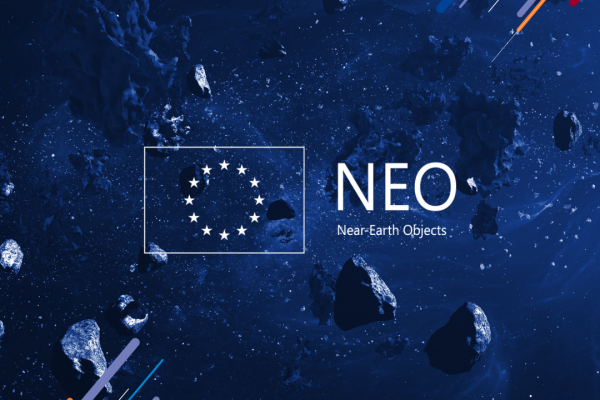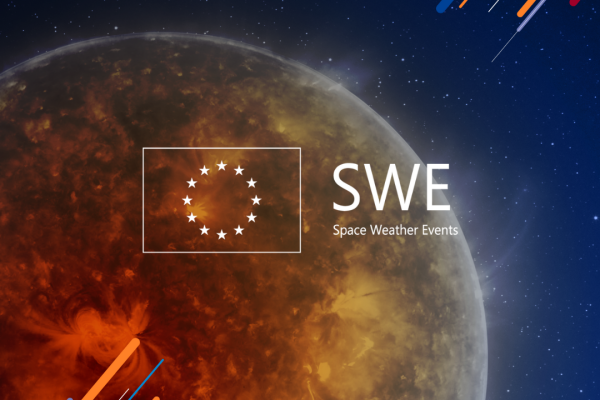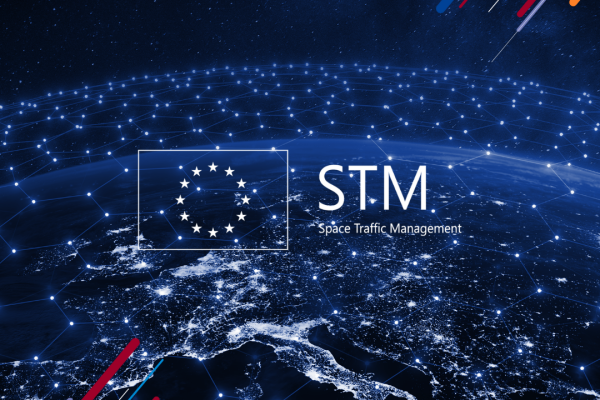Why is this relevant?
Space-based applications have become an integral part of everyday life, providing essential services such as communication, navigation, and Earth observation. This is also reflected in the increase of active satellites in space: The count has surged significantly in the past years from less than 5 000 in 2021 to 10 000 in 2025 with another 50 000 satellites expected to be launched in the next decade.
In addition, more than 1 million pieces of space debris larger than 1 cm are orbiting the Earth. Together with the growing number of new satellites expected to be launched, this number will further increase.
This congestion of the orbital environment has created significant challenges for the safety and security of space-based assets. A collision between with operational spacecraft and debris could severely damage a satellite, or even destroy it, either of which would result in significant disruptions to services. The risk of such collisions and the potential damage from objects re-entering the Earth’s atmosphere have therefore become a growing concern.
To address these risks, an efficient system for surveying and tracking such objects and providing this information to stakeholders is essential.
What is EU SST?
EU SST is a subcomponent of the Space Situational Awareness (SSA) component of the EU Space Programme. It aims at improving, operating, and providing data, information and services related to the surveillance and tracking of space objects that orbit the Earth.
To this end, the Constituting National Entities of 15 EU Member States (Austria, Czech Republic, Denmark, Finland, France, Germany, Greece, Italy, Latvia, the Netherlands, Poland, Portugal, Romania, Spain and Sweden), together forming the EU SST Partnership, have networked their national assets (radars, telescopes and lasers) into the EU SST system. In cooperation with the SST Front Desk at the EU Agency for the Space Programme (EUSPA), EU SST provides three services:
 Collision Avoidance
Collision AvoidanceCollision Avoidance (CA) provides risk assessments of potential collisions between spacecraft or between spacecraft and space debris, generates collision avoidance alerts, and analyses all available information to detect close approaches with different levels of risk
 Re-entry Analysis (RE)
Re-entry Analysis (RE)Re-entry Analysis (RE) provides risk assessments of uncontrolled re-entries of space objects and space debris into the Earth’s atmosphere, and generates related information including the estimated timeframe and likely location of possible impact
 Fragmentation Analysis (FG)
Fragmentation Analysis (FG)Fragmentation Analysis (FG) provides the detection and characterisation of in-orbit fragmentations, break-ups or collisions, and analyses all available information at short, medium and long term regarding the object(s) involved in the event.
In addition, EU SST works on the development of two additional services:
- space debris mitigation will aim at reducing the generation of new space debris
- space debris remediation will aim at better managing the existing space debris
What is the EU Industry and Start-ups Forum (EISF)?
Fostering the innovation and competitiveness of the EU SST commercial sector is central in achieving a higher level of EU strategic autonomy and in supporting the rapidly increasing development of new SST services. EU SST therefore also supports the development of EU industrial capabilities to further improve and consolidate the autonomy of EU SST in all orbit regimes beyond the network of existing national assets.
To this end, the Commission launched together with the EU SST Partnership, the European Union Industry and Start-ups Forum on STM (EISF), a discussion forum where EU stakeholders jointly define research and development priorities. These priorities are funded by tendering more than 80% of the available EU SST budget to EU industry.
The EISF is co-chaired by the EU SST Partnership and the Commission and gathers more than 150 members from more than 70 EU companies including startups, SMEs, midcaps and major actors. The EISF is organised into three working groups:
- Commercial Data Provision
- Development of innovative commercial sensors and value chain
- Services
To learn more about or to join the EISF, check out the EISF one-pager or contact DEFIS-EUSST-INDUSTRYFORUM@ec.europa.eu.
To find out about previous meetings, go to Space Traffic Management stakeholder mechanism (europa.eu) and navigate to subgroup 2.





